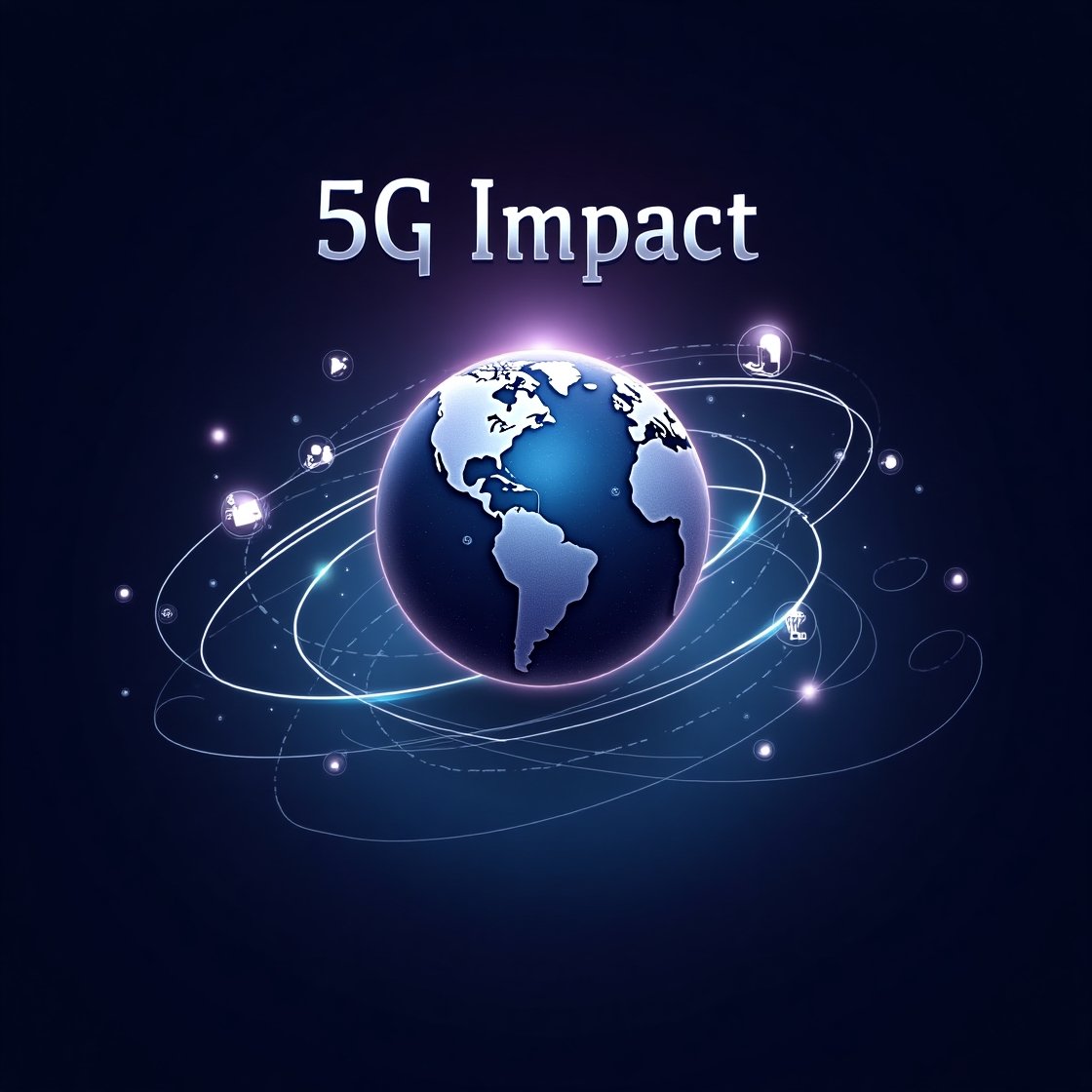Introduction
The rapid evolution of wireless technology has brought us to the era of 5G, the fifth generation of mobile networks. This new standard promises ultra-fast speeds, lower latency, and massive device connectivity, revolutionizing various industries. One sector experiencing a significant transformation is IT infrastructure due to the 5G impact.
Vibe Logic explores how 5G is reshaping IT infrastructure and what businesses need to prepare for in this new era of connectivity.
Understanding 5G Technology
Before diving into its impact, let’s understand what makes 5G unique:
- Higher Speed: 5G delivers data speeds up to 10 Gbps, significantly faster than 4G.
- Lower Latency: Reduces latency to as low as 1 millisecond, enabling real-time communication.
- Increased Connectivity: Supports up to a million devices per square kilometer.
- Network Slicing: Allows multiple virtual networks on the same physical infrastructure.
- Energy Efficiency: Optimizes power consumption for connected devices.
How 5G Impacts IT Infrastructure
1. Data Centers and Cloud Computing
With 5G, businesses will experience faster data transfers, necessitating robust cloud infrastructure. More organizations will shift to edge computing to process data closer to the source, reducing latency and improving efficiency.
2. Edge Computing Evolution
5G accelerates the adoption of edge computing, where processing happens near the data source rather than relying on centralized data centers. This reduces bandwidth usage and enhances real-time applications like AI-driven analytics and IoT automation.
3. Network Security Challenges
With a vast number of connected devices, security concerns increase. IT teams must adopt stronger cybersecurity measures, such as:
- Advanced encryption methods
- AI-powered threat detection
- Secure access protocols
4. Internet of Things (IoT) Expansion
5G supports large-scale IoT deployments, enabling smart cities, connected healthcare, and industrial automation. IT infrastructure must handle massive data streams from IoT devices while ensuring seamless integration and security.
5. Enhanced Enterprise Connectivity
Businesses relying on traditional wired networks will transition to wireless 5G solutions for improved connectivity, flexibility, and cost efficiency. This shift necessitates network upgrades and robust IT infrastructure planning.
6. Remote Work and Virtual Collaboration
The rise of remote work demands high-speed, low-latency connections for seamless video conferencing, cloud-based applications, and remote desktop access. 5G ensures employees remain connected and productive from anywhere.
7. Artificial Intelligence and Automation
AI-powered applications benefit from 5G’s speed and low latency, enabling real-time decision-making in industries like healthcare, finance, and logistics. Automated systems powered by AI will rely on 5G-enabled IT infrastructures.
8. Augmented Reality (AR) and Virtual Reality (VR) Growth
5G enhances AR/VR experiences, making them more immersive and responsive. Industries like gaming, education, and healthcare will leverage this for training simulations, entertainment, and remote diagnostics.
Preparing IT Infrastructure for 5G
To fully utilize 5G, businesses must:
- Upgrade network hardware to support higher speeds and bandwidth.
- Implement robust cybersecurity measures.
- Invest in cloud and edge computing solutions.
- Train IT staff on 5G-based technologies.
- Develop scalable IT architectures for future demands.
Frequently Asked Questions (FAQs)
1. How does 5G improve IT infrastructure?
5G enhances IT infrastructure by increasing data speeds, reducing latency, and enabling edge computing, IoT, and AI applications, improving efficiency and real-time processing.
2. What are the security risks of 5G in IT infrastructure?
5G introduces security challenges, such as increased cyber threats due to a larger attack surface, making encryption, authentication, and network monitoring crucial.
3. Will 5G replace Wi-Fi in enterprises?
While 5G offers enhanced connectivity, Wi-Fi will still be relevant for indoor environments and cost-effective local networks. Businesses may use a hybrid model for maximum efficiency.
4. How does 5G affect cloud computing?
5G boosts cloud computing by enabling faster data transfers, improving cloud-based applications, and supporting edge computing for reduced latency.
5. What industries will benefit the most from 5G?
Healthcare, manufacturing, smart cities, autonomous vehicles, finance, and entertainment will experience the most impact from 5G-enabled IT infrastructure.
Conclusion
5G is a game-changer for IT infrastructure, driving innovations in cloud computing, IoT, AI, and cybersecurity. As businesses adopt this technology, they must prepare their IT environments for a faster, smarter, and more connected future. Stay updated with Vibe Logic for the latest insights into emerging technologies and their impact on digital transformation. Stay updated with Vibe Logic for the latest insights into emerging technologies and their impact on digital transformation.
5G Impact on IT Infrastructure – Stay Ahead with Vibe Logic!



